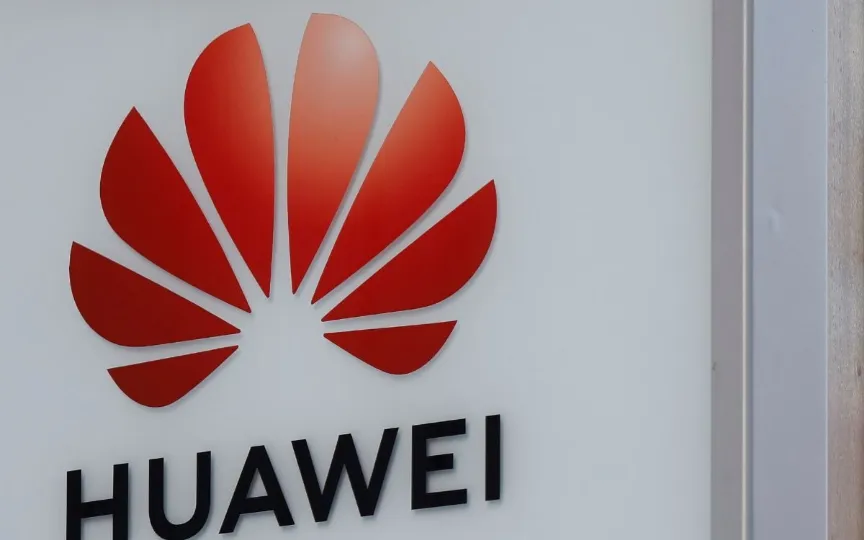Huge AI Chip Demand Causes Slowdown in Huawei’s Smartphone Production
The soaring popularity of Huawei’s artificial intelligence chips, combined with manufacturing restrictions, has forced the Chinese tech giant to prioritize artificial intelligence and slow production of its premium Mate 60 phones, people familiar with the matter said.
Huawei uses a single manufacturing facility that makes both Ascend AI chips and the Kirin chips that power rival Apple’s iPhone, three of the people said, two of whom said production has been hampered by a low yield rate — a proxy for manufacturing quality.
But the global race for AI capabilities amid a technological showdown between China and the United States has left Huawei in second place, while the company topped China’s smartphone sales for the first time in more than three years.
Huawei declined to comment.
The situation offers a rare glimpse into Huawei’s challenges as it seeks to rebuild since U.S. sanctions in 2019 cut off access to advanced chipmaking tools on national security grounds and crippled its smartphone unit. Huawei denies that it is a security risk.
It also illustrates the impact of U.S. restrictions on sales of AI processor chips to China, a market that U.S. giant Nvidia controlled 90 percent before the latest restrictions in October forced Chinese customers to use domestic alternatives.
The government has launched an initiative to improve China’s position in computing power. This has encouraged local authorities to announce data center projects and strengthen public and private demand for Huawei’s Ascend series in particular, according to the two public and public tenders.
The Ascend 910B is widely considered the most competitive non-Nvidia AI chip available in China.
Huawei has prioritized production of Ascend chips over Kirin chips and thus has slowed down production of Mate 60 smartphones, the people said, without disclosing when the arrangement began.
The company is also looking to improve its yield rate — the number of chips used per wafer — so it hopes this production arrangement will be short-lived, the people said, who were not identified because they were not authorized to speak to the media.
LOW TONE GENRE
Huawei has been tight-lipped about its chipmaking capabilities and ambitions, with little public information about its progress or how it has managed to produce advanced chips.
Its advances came after it surprised market watchers with an unannounced August launch of the Mate 60 series during US Commerce Secretary Gina Raimondo’s visit to China.
Online leaks found that the phones contained a Chinese chip capable of fifth-generation (5G) communications speeds. Analysts said Huawei may have achieved this in conjunction with the know-how of SMIC, China’s largest contract chipmaker, by adjusting deep ultraviolet lithography machines.
Such a process is more laborious, expensive and likely less productive than using more sophisticated extreme ultraviolet equipment, which the United States has barred third countries from selling to China, analysts said.
Mate 60 phones have been consistently out of stock, with potential buyers complaining online about month-long wait times to fill pre-orders.
Nevertheless, the streak was largely responsible for Huawei regaining its position as China’s top smartphone seller in the first two weeks of 2024, said data provider Counterpoint — for the first time since late 2020.
Other Huawei products affected by the production bottleneck include the Ascend-equipped computing unit MDC 810, which uses advanced driver assistance systems, two other sources said.
Chinese automakers had to delay deliveries of flagship models due to production problems with the MDC 810, Reuters reported last week.




